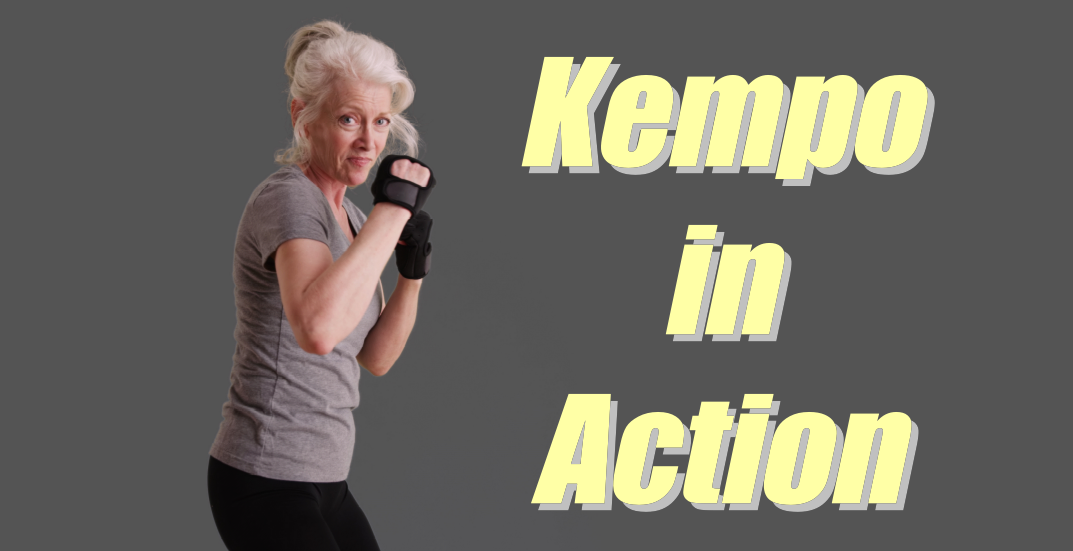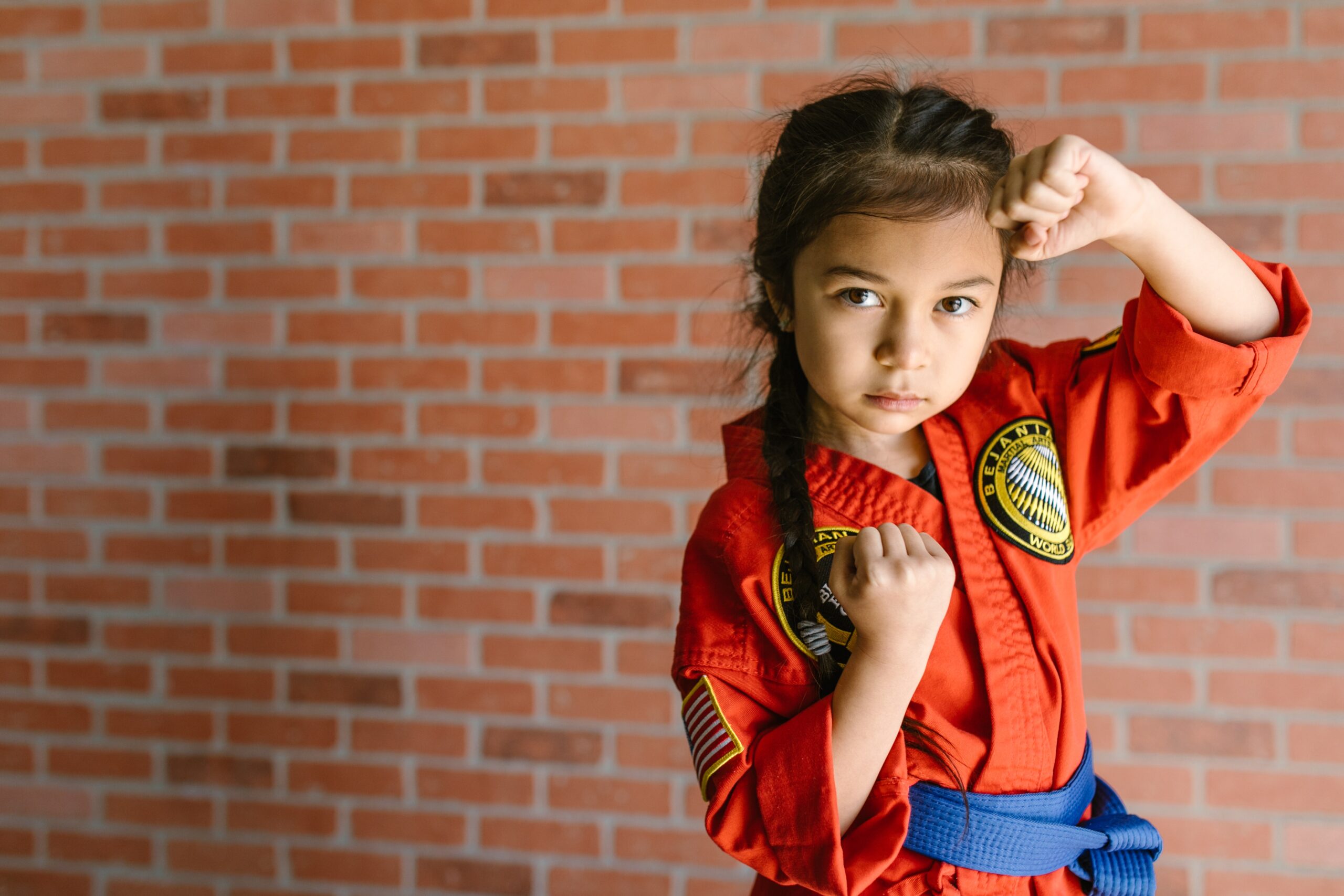The notion of absolute opposites, such as “good vs. evil” or “light vs. dark,” is crude and unsophisticated. It’s too simplistic and doesn’t accurately reflect the complexity of reality. Instead, a more nuanced and older concept is that of complementary items. In martial arts, this translates to focusing on complementary actions rather than opposite ones. For every action, there is a complementary action or target, not necessarily an opposite one.
Understanding Complementary Actions
Complementary actions in martial arts are strategies that enhance and counterbalance each other. For instance, when dealing with hard targets, using a soft strike like a palm heel is ideal. Conversely, soft targets are best addressed with hard strikes such as a front punch or elbow. This approach leverages the strengths of each type of strike, optimizing their effectiveness.
Additionally, linear attacks are well-suited for circular defenses. This doesn’t mean that the only way to counter a linear attack is with a circular defense; rather, it suggests that circular defenses can be highly effective against linear attacks. Similarly, a twist or torque motion can also serve as a complementary defense, showcasing the versatility and adaptability of this concept.
Practical Applications of Complementary Actions
Let’s explore some practical examples of complementary actions in martial arts:
- Movement as Defense: One of the most effective ways to counter a forceful attack is to move the target—you. By relocating yourself to a safe position, you avoid the attack altogether. This concept emphasizes the importance of mobility and positioning in martial arts.
- Jamming or Stalling the Attack: Another complementary action is intercepting the attack before it reaches its full power. By attacking the attack, you nullify its potential force. This technique, known as jamming or stalling, disrupts the attacker’s momentum and timing.
- Ricochet Effect: A complementary action to blocking an attack is to use the blow’s momentum to accelerate your counterattack. This ricochet effect adds extra force to your strike without expending additional energy, making your counterattack more powerful and efficient.
- Energy Redirection: In styles like Jujutsu and Kempo, pushing when pulled and pulling when pushed are fundamental principles. These actions complement each other beautifully, allowing you to use your opponent’s force against them. Resisting an action often leads to friction and struggle, whereas going with the flow of momentum and redirecting it is more elegant and effective.
Kempo: Directing Momentum
As a martial art style, Kempo excels at adding momentum to the fight and directing it. It’s akin to spinning the prayer wheels at a shrine or using a hula-hoop, where you add and control momentum to achieve your goal. This dynamic approach enables practitioners to harness and manipulate force efficiently.
By thinking outside the box and employing a conceptual model, you can gain new insights into your martial arts practice. The mantra “Explore, Experiment, and Evolve” is crucial for Kempo practitioners. It encourages continuous growth and adaptation, preventing stagnation and ensuring your skills remain sharp and effective.
Incorporating complementary actions into your martial arts training enhances your ability to adapt and respond in high-pressure situations. This mindset shifts the focus from opposing forces to harmonious interactions, making you a more competent and versatile warrior.
Are you ready to explore the depths of complementary actions in martial arts? Join our upcoming seminar to explore these concepts further and elevate your practice. Sign up today and transform your approach to martial arts!



